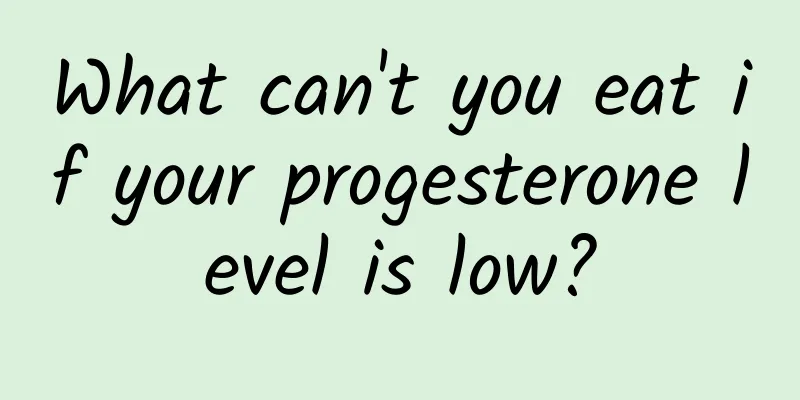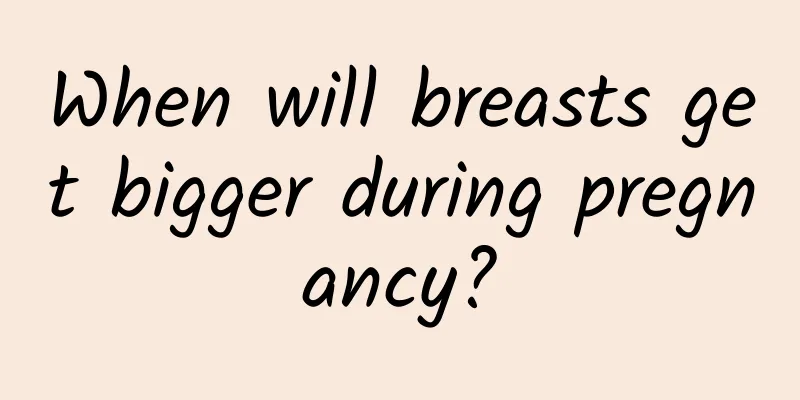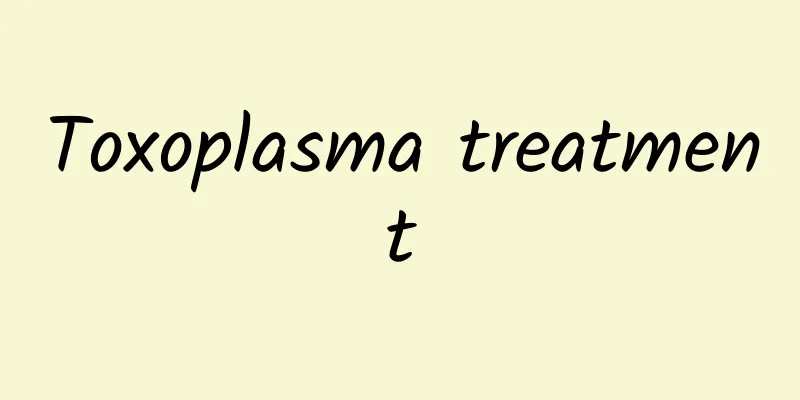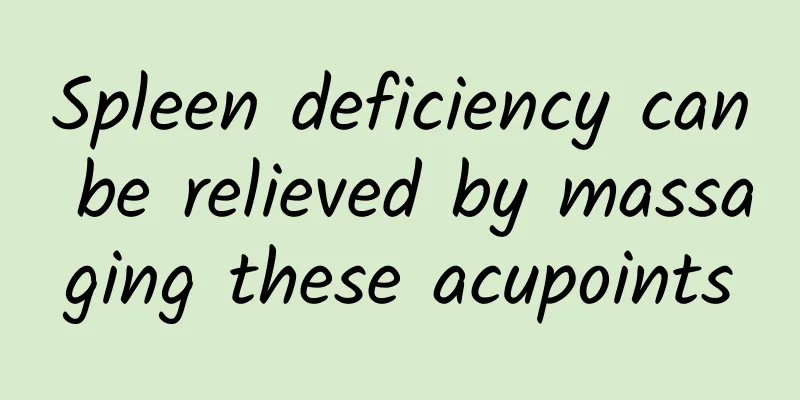The Correspondence between the Five Elements and the Five Internal Organs

|
Traditional Chinese medicine divides the human body into five types, and the five internal organs represent the balance of the five elements. Traditional Chinese medicine identifies the characteristic diseases of the human body by examining the five elements. Based on the characteristics reflected by the five elements, it determines which internal organ has a problem. Only in this way can the corresponding effect be achieved. Therefore, when people find symptoms in their bodies, they must determine the correspondence between the five elements and the five internal organs. The Correspondence between the Five Elements and the Human Body The five elements are wood, fire, earth, metal and water, representing five attributes. They are abstract concepts and should not be understood as something specific. Five is a universal number, five fingers, five senses, five internal organs, and five flavors. . . There are many things that can be divided into five categories. In Traditional Chinese Medicine, the Five Elements are used to describe the functions and relationships of the five internal organs of the human body (liver, heart, spleen, lungs, and kidneys). Note that the five internal organs here are also a functional concept (called Zang-Xiang), and are not limited to the specific anatomical five internal organs. Wood - growth, life, gentleness, smoothness and comfort Fire - warmth, rising, brightness Earth - biochemistry, bearing, receiving Metal - cleaning, clearing, astringence Water - cold, moisturizing, downward movement Things in the same line influence each other, but excess can be harmful. For example, anger hurts the liver. Fan Jin's success in the imperial examination is a typical example of excessive joy leading to excessive sadness. For example, appropriate sweetness can nourish the spleen, but if the taste is too sweet, it can dull the stomach and stagnate the spleen. The relationship between the five elements Solid lines represent mutual promotion; dotted lines represent mutual restraint Mutual generation refers to the role of one thing in promoting, encouraging and supporting another thing (for the convenience of description, the one that gives birth is called mother, and the one that is born is called child). Mutual restraint refers to the fact that one thing has an inhibitory and restrictive effect on the growth and function of another thing. Mutual generation and mutual restraint are normal phenomena that exist universally in nature. Without growth, there will be no way for development; without control, it will become excessive and cause harm. Both are very important. Don’t think that mutual promotion is good and mutual restraint is bad. Gigantism is a case of uncontrolled growth. Mutual promotion and mutual restraint are two inseparable aspects. Without birth, there will be no occurrence and growth of things; without restraint, it is impossible to maintain the balance and coordination of the development and changes of things. The relationship between the five internal organs (1) The mutual generation among the five internal organs: The liver generates the heart, which is like wood generating fire. For example, the liver stores blood to benefit the heart. The heart generates the spleen, which is like fire generating earth. For example, the heart's yang qi can benefit the spleen. The spleen generates the lungs, which is like earth generating metal. For example, the spleen transforms the essence of water and grain to benefit the lungs. The lungs generate the kidneys, which is like metal generating water. For example, when the lung qi is clear, the body fluid and qi descend to benefit the kidneys. The kidneys generate the liver, which is like water generating wood. For example, the kidneys store essence to nourish the liver's yin blood, and so on. (2) The mutual restraint among the five internal organs: The descending of the lung (metal) can suppress the rising of the liver (wood) yang, i.e. metal restrains wood; the smooth flow of the liver (wood) can relieve the stagnation of the spleen (earth), i.e. wood restrains earth; the transportation and transformation of the spleen (earth) can prevent the overflow of the kidney (water), i.e. earth restrains water; the ascending of the kidney (water) yin can restrain the excessive yang of the heart (fire), i.e. water restrains fire; the heat of the heart (fire) yang can restrain the excessive clearing of the lung (metal), i.e. fire restrains metal. |
<<: Painless bruising on the earlobe
>>: Purple bruises from scratching
Recommend
What diseases can Chinese medicine cure? The complementary advantages of traditional Chinese and Western medicine are beneficial to treatment
In life, some people always like to use Western m...
What is the reason for a girl's chest tightness?
Some young women have the habit of staying up lat...
What are the benefits of pig ear grass
Pig's ear grass is a commonly used Chinese he...
How does topical application treat knee joint effusion?
In patients with knee joint effusion, the patella...
Severe fatty liver symptoms
The liver is a very important organ in our human ...
Why do I have a lot of dry mucus?
Some people always have a runny nose, but over ti...
Symptoms of late stage leukemia
Leukemia is a relatively serious blood disease th...
The glans becomes hard and red
There are some physical discomforts between men an...
Is uterine cold the same as polycystic ovary syndrome?
Uterine cold is a sub-health problem that is comm...
Taboos of Mud Moxibustion
Many friends are familiar with mud moxibustion, a...
Tinnitus caused by cervical spondylosis is most effectively treated with five methods
For white-collar workers, cervical spondylosis is...
Is it cerebral palsy if the baby's feet are shaking?
Sometimes babies have shaking legs, which is usua...
Legs shaking unconsciously at night
If your legs shake involuntarily when you sleep a...
How to prepare saline solution at home
As everyone's life has been improved, many pe...
Causes of big toe joint pain
Big toe joint pain is a common condition in our d...









